
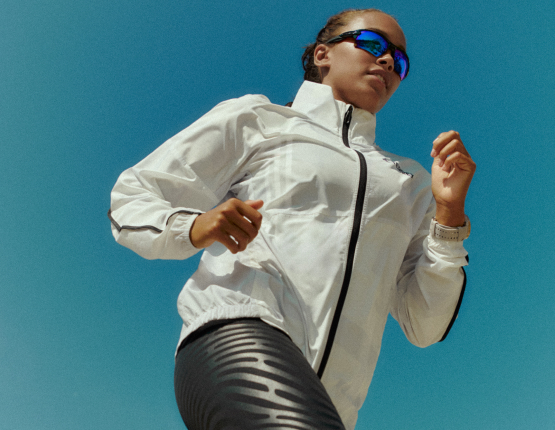 Sport for Women
Sport for Women Sport for Men
Sport for Men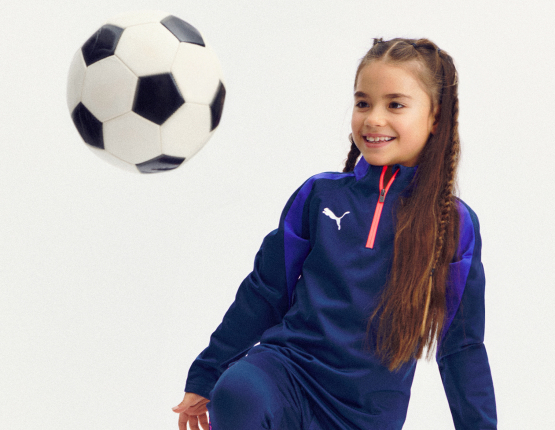 Sport for Kids
Sport for KidsThe shirt is the cornerstone of any man’s wardrobe, so finding the right size and fit is key to buying the perfect one for you. Here’s how to add the right one to cart.
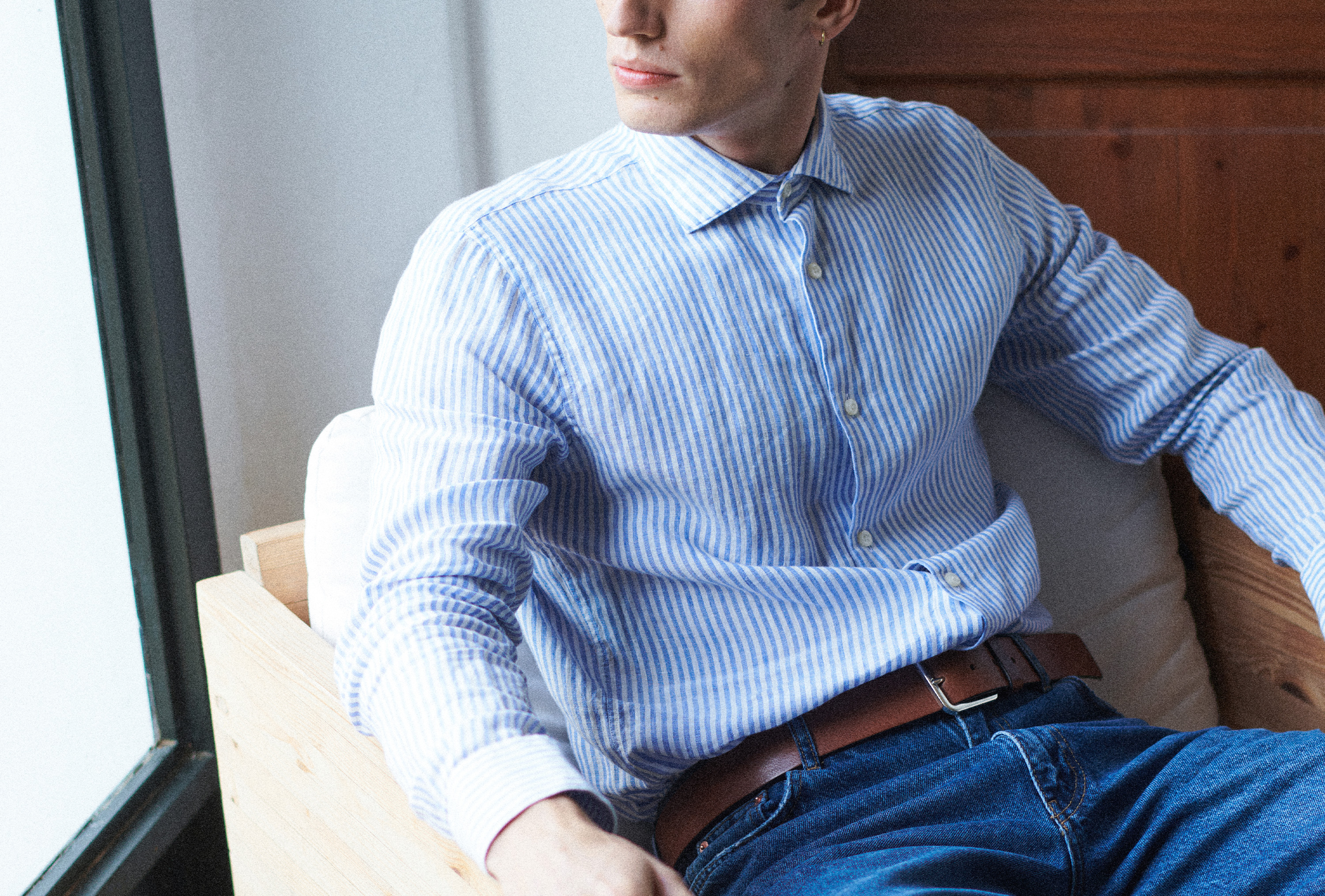
With so many styling options it can be hard to decide what type of shirt to go for. The look and feel of a shirt are not just defined by your choice of fabric and the details alone, but also heavily by the style choices you make. Follow this shirt guide to help you make the right choice.
How to find the right fit
Achieving a good fit is about buying the right shirt from the start. No matter what option you choose, the fit and style will have a big impact on the overall look. The first step is to determine what fit and look you like. The most typical choices are Classic Fit, Slim Fit, Modern/Contemporary Fit and Skinny Fit.
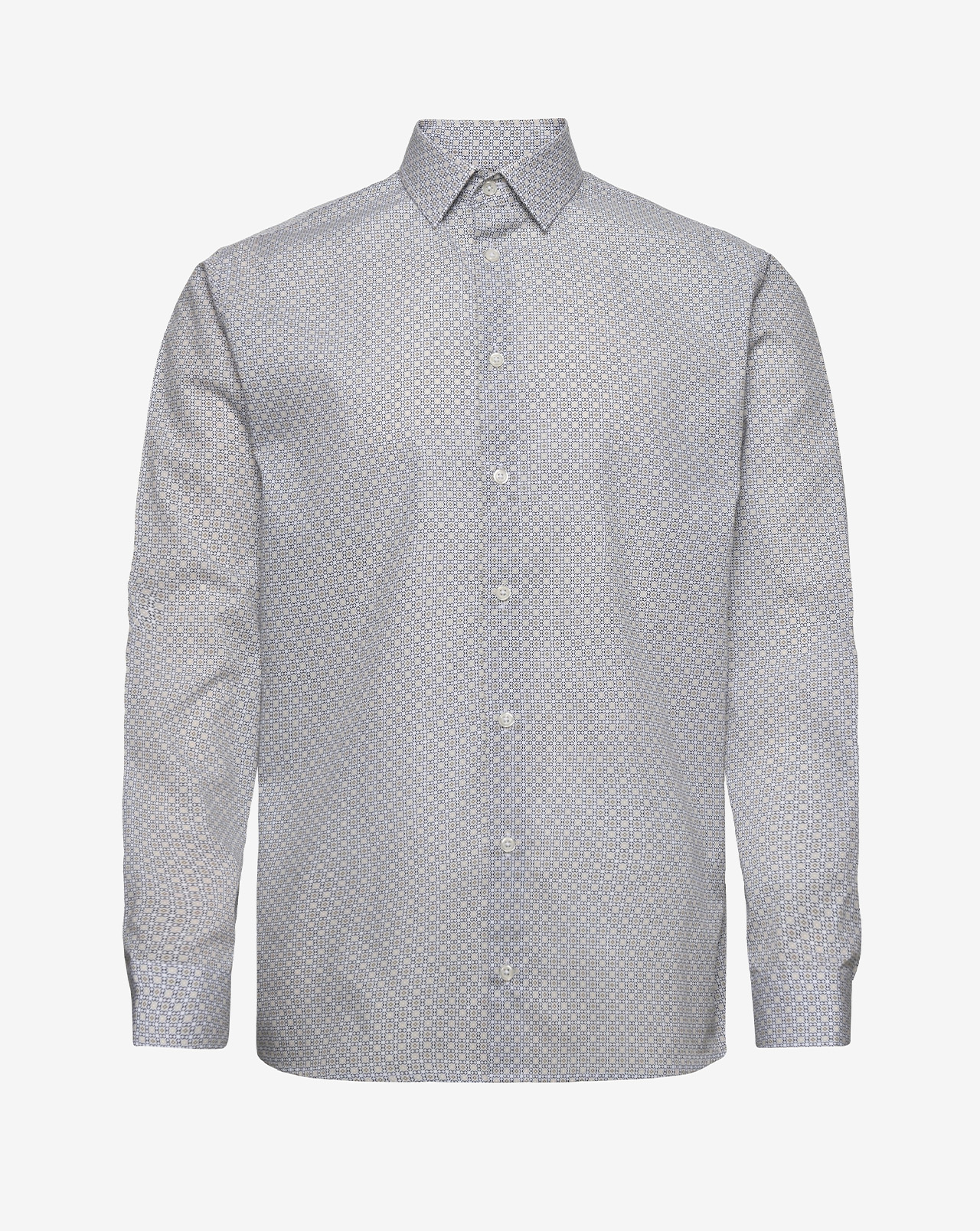
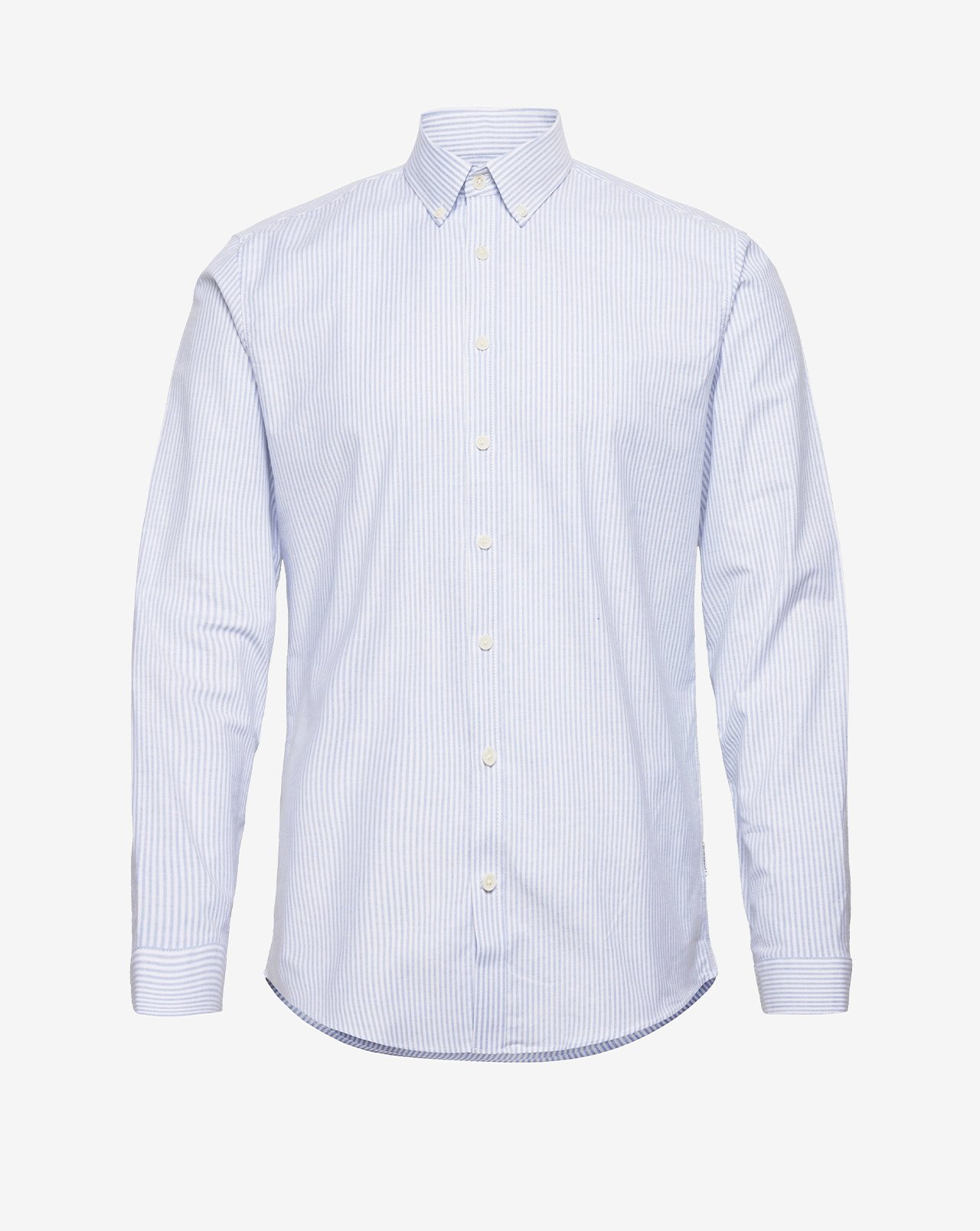
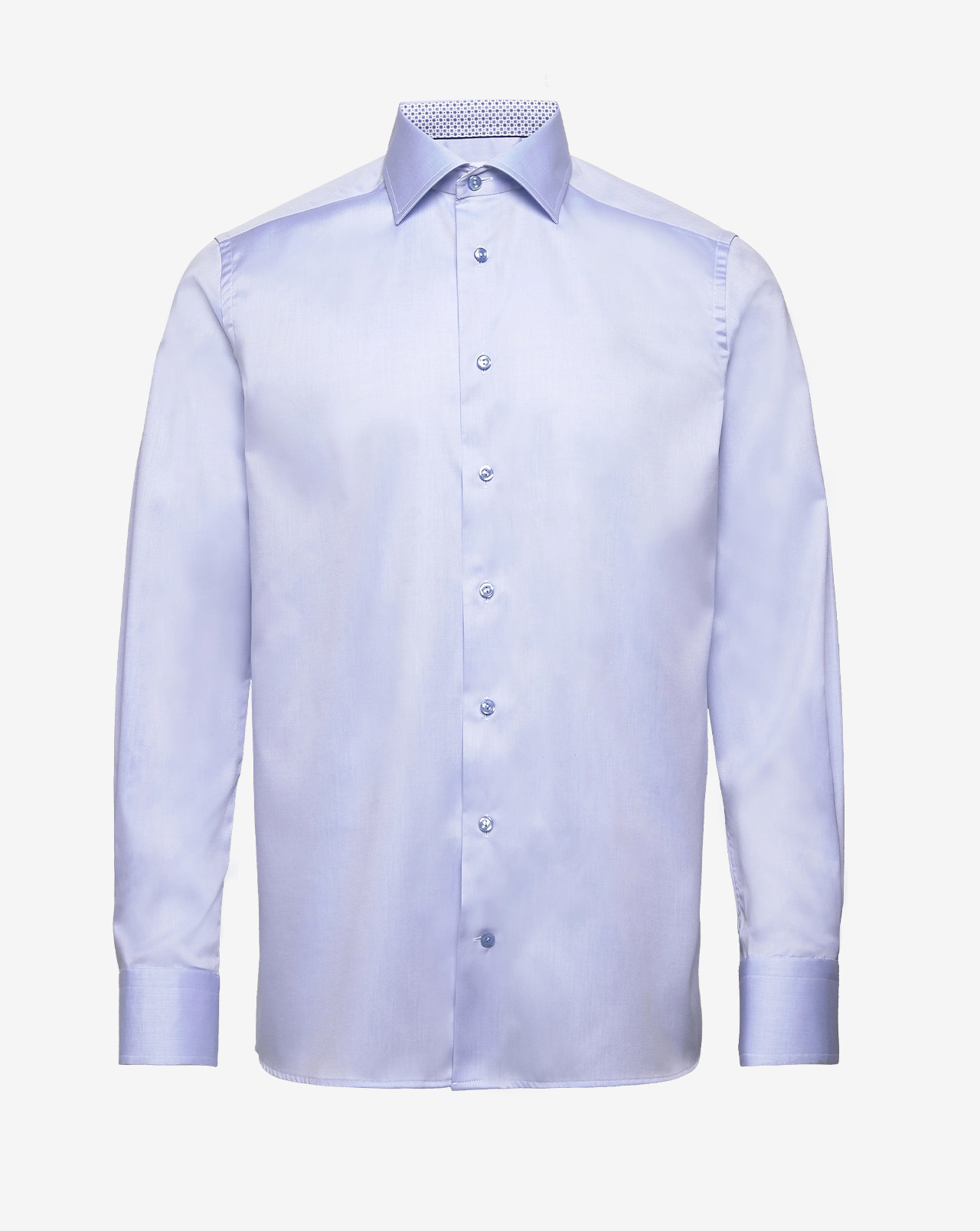
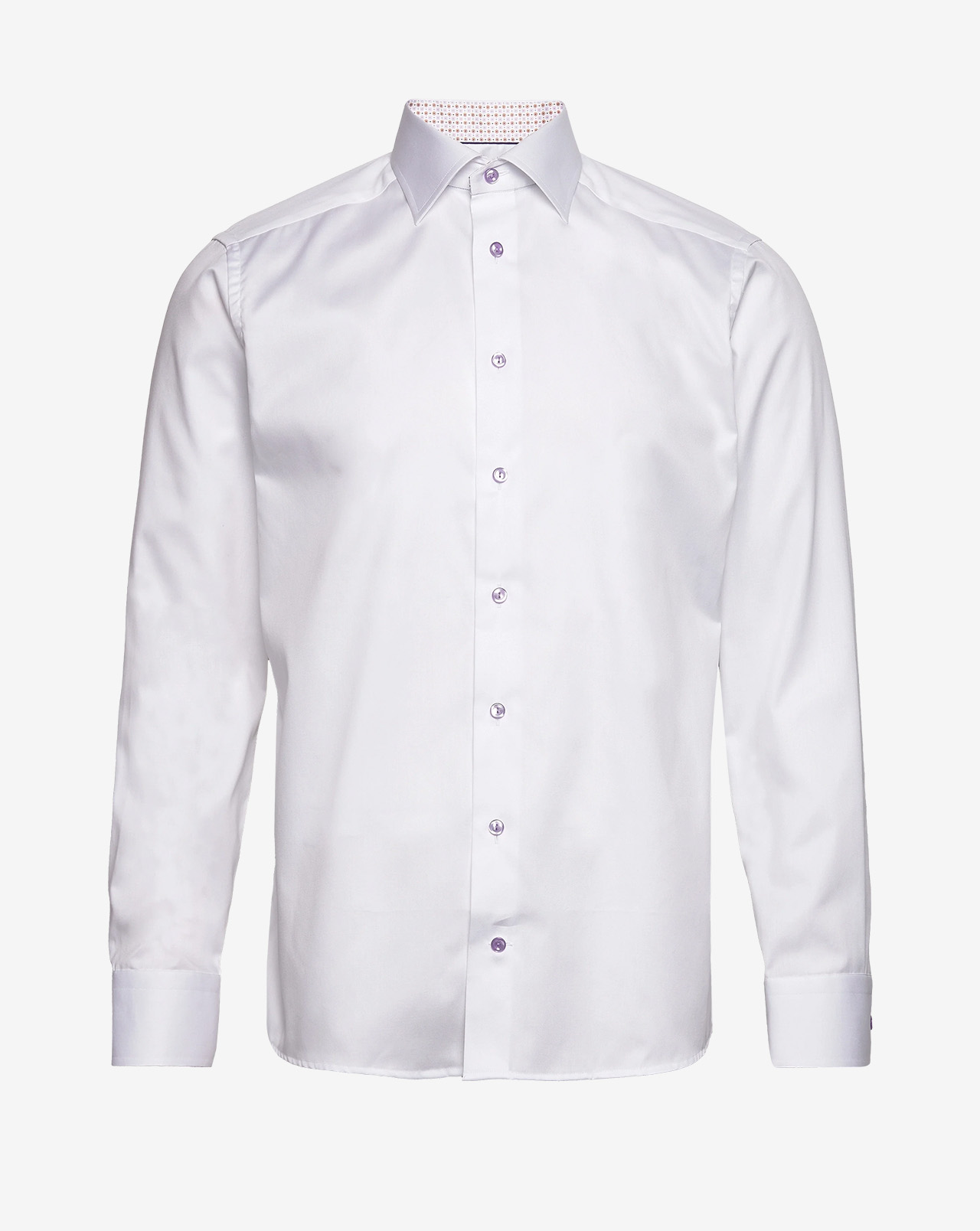
How to measure
No one wants to wear a shirt that doesn’t fit properly. Here’s how to take your body measurements so you can find the right fit for you.
1.Neck
Measure from button to centre of buttonhole
2.Breast
Place the shirt flat with the buttons closed. The breast size is measured 1cm below the armhole. Add 5-6cms if you want a tight fit.
3.Waist
Place the shirt flat with the buttons closed. The waist size is measured at the narrowest part of the shirt, typically about the third button from the bottom. Again, add 5-6cms if you want a tight fit.
4.Body
Turn the shirt upside down. Measure from the bottom of the collar to the bottom of the shirt.
5.Sleeves
Measured from the extreme point of the shoulder to the bottom of the sleeve.
Details on a shirt is a personal preference, here are some of the most common ones to look out for.
Shirt front
Most shirts feature a plain front without any additional elements other than chest pockets. Modern shirts sometimes feature darts, or decorative stitching. Some men like shirt pockets and a shirt with a pocket is always less formal than one without. You are more likely to see chest pockets on casual shirts such as safari, jean, military or western- style shirts.
The evening shirt
If you are going to attend a black-tie event you will need to wear an evening shirt. Evening shirts, unlike regular dress shirts, should feature a bib-like contrast panel in the front. Contrasting fabrics on the bib are usually heavier and feature a pique effect. Traditional black-tie formal shirts feature: constructed of white cotton in a solid or micropattern, have a soft turn downed collar, soft French cuffs, a pleated or pique front bib.
The collar is the core of the shirt as it’s the most visible element. Chosen correctly it should enhance your face and your overall look. Here’s a breakdown of the most popular collars.
Button-down collar
Casual cool look that is found on Oxford shirts.
Classic collar
This is a timeless pointed collar that is just right. Its neither too large or too small. It offers the ideal tie gap for small to mid-size ties and is a timeless classic.
Small collar
A modern approach to the classic collar and works with a variety of shirts from denim to Oxfords. Difficult to wear with a tie so it’s best to wear without neckwear.
Evening collar
Traditionally detachable, starched and stiff, but today most tuxedo shirts feature an attached wing collar that is often too small and floppy. Either way wear a turn-down collar with your tuxedo or go with a real detachable collar.
Mandarin collar
Mandarin or standing collar is a short unfolded stand-up style. The length along a mandarin collar is straight, with either straight or rounded edges at top of the centre front. The edges of the collar barely meet at the centre front or overlap slightly.
When it comes to shirt cuffs, the question is do you want a barrel cuff with buttons or French cuff for cufflinks? The choice is yours.
French cuffs
This type of cuff is dressier and more formal allowing you to wear cuff links. Today they have become quite a popular choice and are not worn in the conventional way, rules have been broken and they are now worn unfastened and often folded back over the jacket sleeve.
Barrel cuffs
Barrel cuffs are an everyday choice for most men. With a variety of shapes and designs, ranging from faceted, rounded, straight up to the number of buttons, barrel cuffs provide a wide range of choice and is more practical.
The bottom hem says a lot about the shirt style if it leans towards the more classic or relaxed end of the spectrum. The most common ones are:
Classic hem
A classic shirt is worn tucked in, therefore the tail and front hems are longer than the sides, so it doesn’t come untucked during the day.
Straight hem
If you are looking for a casual shirt that you can wear untucked or for a more relaxed occasion, straight hems are the way to go. Unlike the tail-shaped version, straight hems make the shirt much more prone to becoming untucked on its own as a result of natural body movements, so caution is advised when choosing a length.
Shirt care
When it comes to washing your shirts, always read the label before you proceed, but here are some care basics. You can wash most shirts in the laundry. Unbutton all closures and pre-treat or spot treat any stubborn stains before machine-washing. Run a delicate cycle with hot water for light-coloured shirts and use cold water for dark-coloured shirts. Invest in high-quality detergents to prevent discolouration and fading. Lastly, don’t stop the wash cycle early. Allow the spin cycle to wring out as much excess water as possible before drying the shirts. Always air dry as this prevents wrinkles and shrinkage. Don’t skimp on your iron. Cheaply made irons will have uneven soleplates which can damage your shirts. Make sure you iron has a water reservoir and make sure your shirts are slightly damp prior to ironing and use the lowest setting possible.